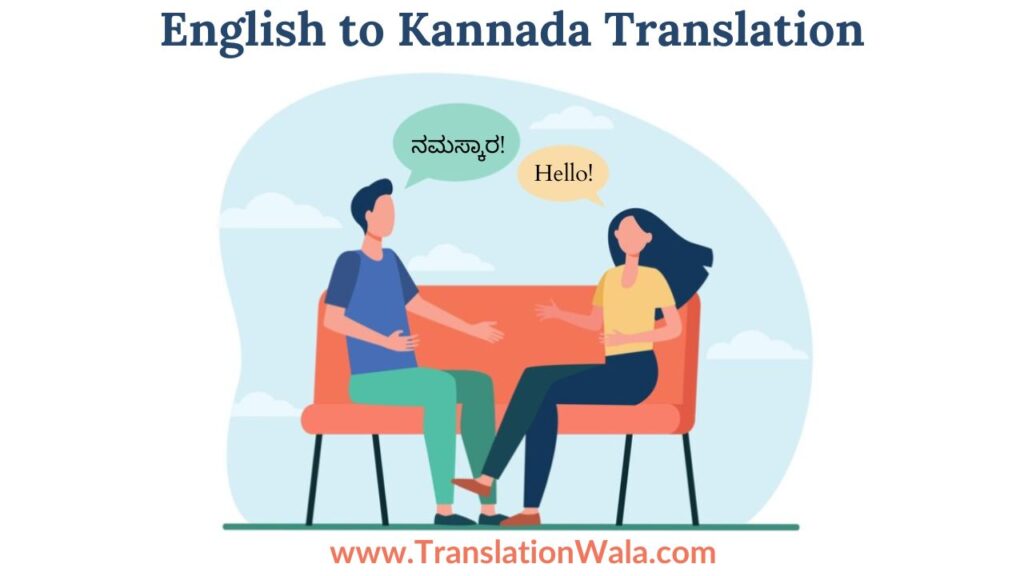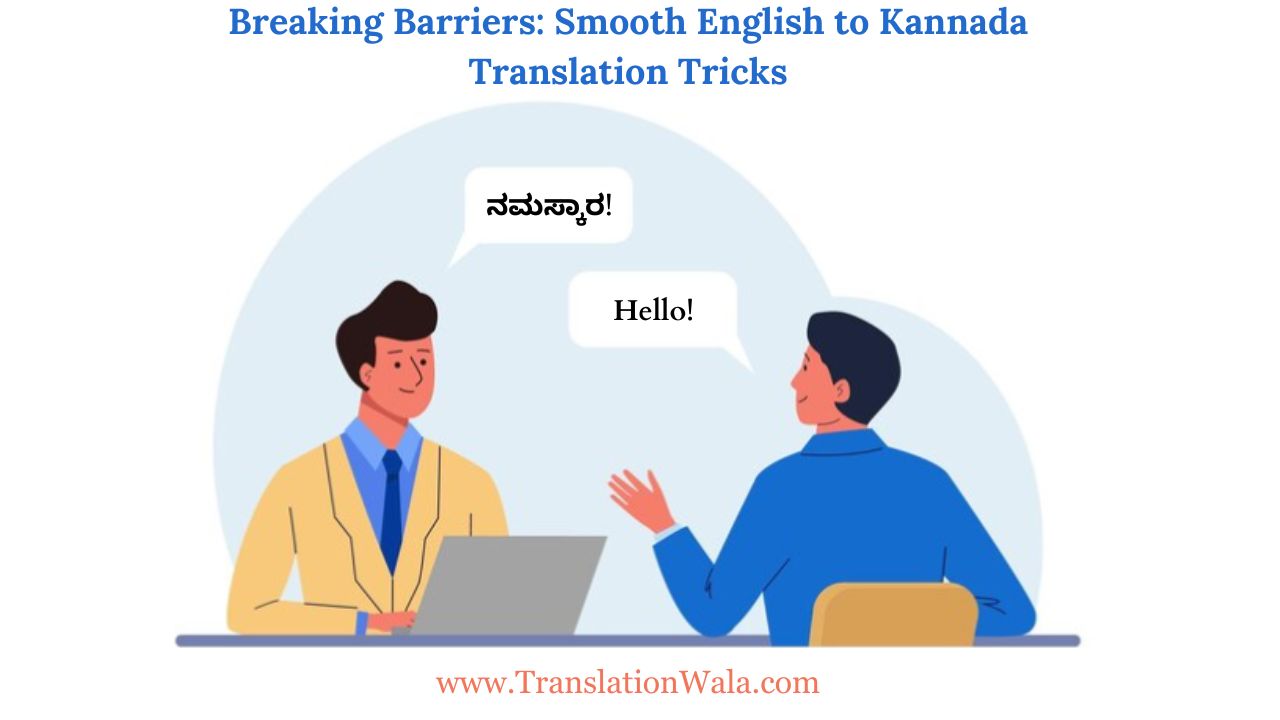Being able to easily switch between languages is more important than ever in a world where communication is everywhere. And when it comes to translating between English and Kannada, the subtleties of the language need to be handled with care. The Dravidian language Kannada is one of the older ones. It has a unique script and a long history of literature, which makes translating from English both hard and fun. We’ll talk about some clever tips and tricks for English to Kannada Translation that will make the process go smoothly and correctly in this blog.
Figuring out the cultural setting:
To translate well, you need to understand more than just the words; you also need to understand the culture behind both languages. Kannada is strongly rooted in Karnataka’s culture, history, and customs, so it uses a lot of phrases, proverbs, and regional slang. To make sure your readings are correct, you need to know a lot about Kannada society, social rules, and the language’s subtleties. With this knowledge, translators can accurately express the message while keeping the culture’s originality.
Different Types of Translation:
People who want to English to Kannada Translation can either transliterate or translate. Transliteration is the process of writing English words or lines in Kannada form, while translation is the process of communicating what the content means in Kannada. How to find the best mix between transcription and translation relies on the audience and the situation. Transliteration may be better for keeping things clear and consistent when writing expert or specialized material. But when it comes to literature or artistic works, translation lets the Kannada version be more subtle and expressive.
Using Resources for Language:
These days, there are a lot of language sites and tools online that can help with translation. For people who translate from English to Kannada, online dictionaries, glossaries, and translation tools can be very helpful. Using language records and samples is another way to make sure that translations are correct and useful. Because they know how to use these tools well, translators can speed up the process and get fantastic results.
How to Deal with Differences in Language:
English and Kannada are from different language families, so their grammar and spelling are different. To make versions that sound normal, you need to understand these changes between languages. In Kannada, for example, lines usually go from subject to object to verb (SOV), while in English they go from subject to verb to object (SVO). Translators have to be very good at dealing with these differences so that the translated text stays coherent and flows well.
Also Read: The Art of Translation: English to Bengali Translation Unveiled

Accepting Ambiguity in Context:
Language is naturally vague, and translating often means figuring out how to use different meanings and readings of the same word. This lack of clarity is made worse when speaking between languages that have different culture and linguistic backgrounds. When translators accept environmental uncertainty, they have to use their sense and imagination to choose the best version. By being open to uncertainty instead of trying to be perfect, translators can keep the meaning of the original text while taking into account differences in language and culture.
Being culturally sensitive and adapting:
Translating well takes more than just being able to use the language correctly; it also requires understanding of cultural differences and concerns. Kannada is a language that is deeply connected to Karnataka’s culture and history. It shows how different cultural values and norms affect people. Care must be taken by translators to make sure that translated material strikes a chord with Kannada-speaking audiences while also being sensitive to cultural norms and taboos. Changing the language, images, and tone to fit Kannada culture rules makes the translated text more real and powerful.
Fine-tuning and feedback in stages:
Translation is an ongoing process that gains from comments and changes all the time. Native Kannada speakers should feel free to give translators feedback and helpful criticism in order to make their versions better and more accurate. Iterative polishing includes going back to translated texts, finding places where they can be better, and using feedback to make them clearer, more coherent, and more culturally relevant. Translators can improve their skills and make versions that people who speak Kannada can understand by using a feedback-driven method.
Improving your language skills:
For smooth translation, you need to be fluent in both English and Kannada. Translators should keep improving their language skills by reading, writing, and living in a place where both languages are spoken all the time. Being exposed to different types of music and styles helps build words, improve spelling, and make you more aware of subtleties in language. Translators can handle difficult translation tasks with trust and accuracy if they improve their language skills.
As a conclusion:
To translate easily English to Kannada Translation, you need to know a lot about the language, be aware of other cultures, and be able to think outside the box. Translators can get around problems and make versions that people who speak Kannada understand by learning about the culture, using language tools, and being open to changes in language. Breaking down walls in translation is not only possible, but also very satisfying if you practice, don’t give up, and love languages.



